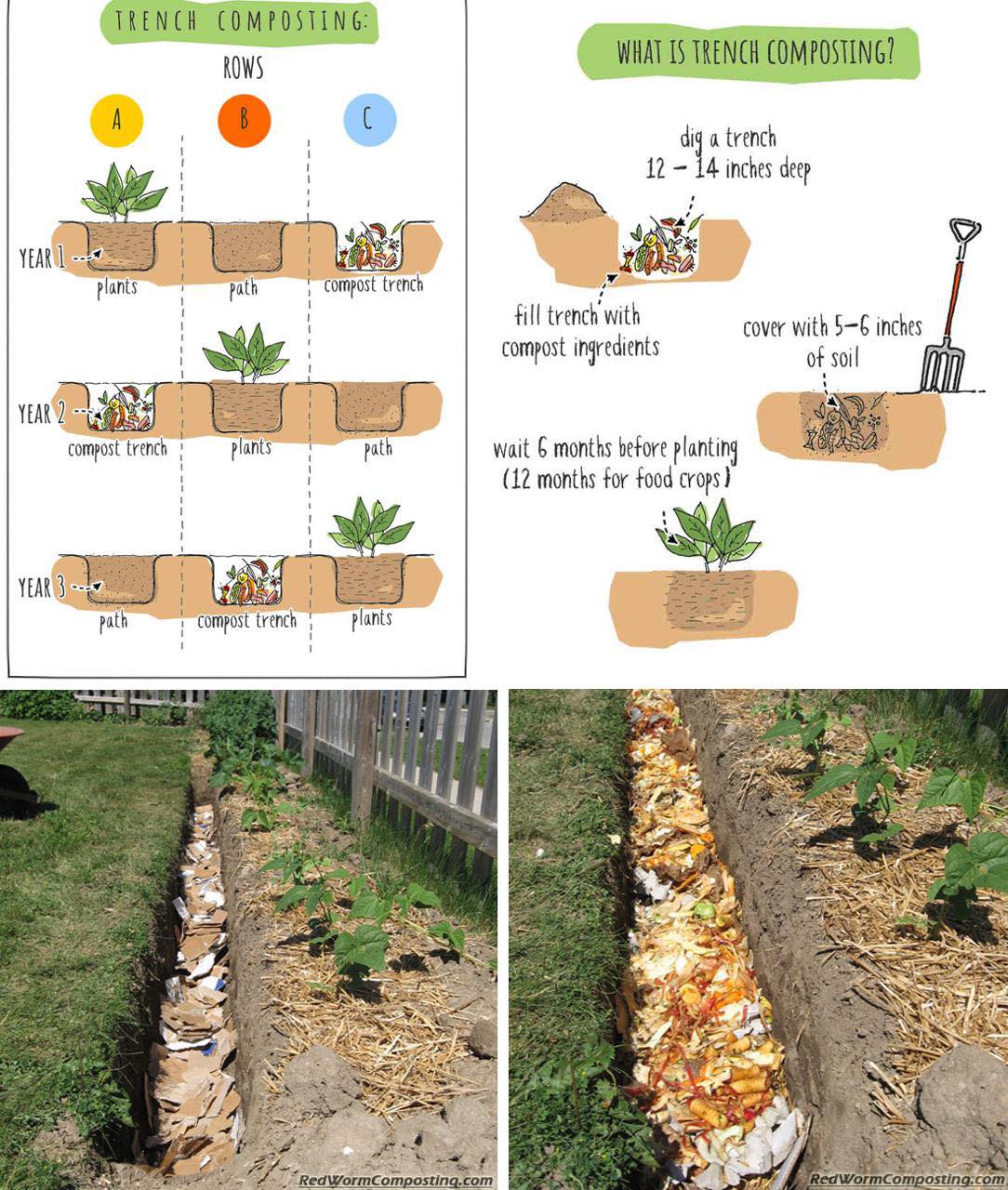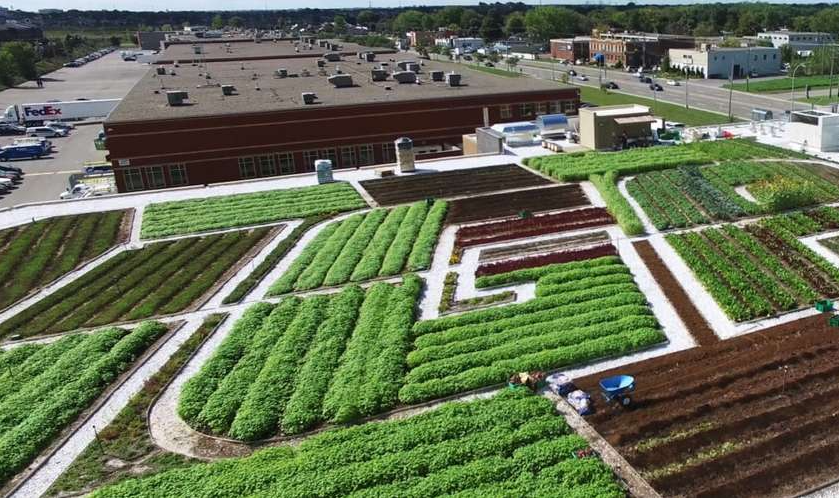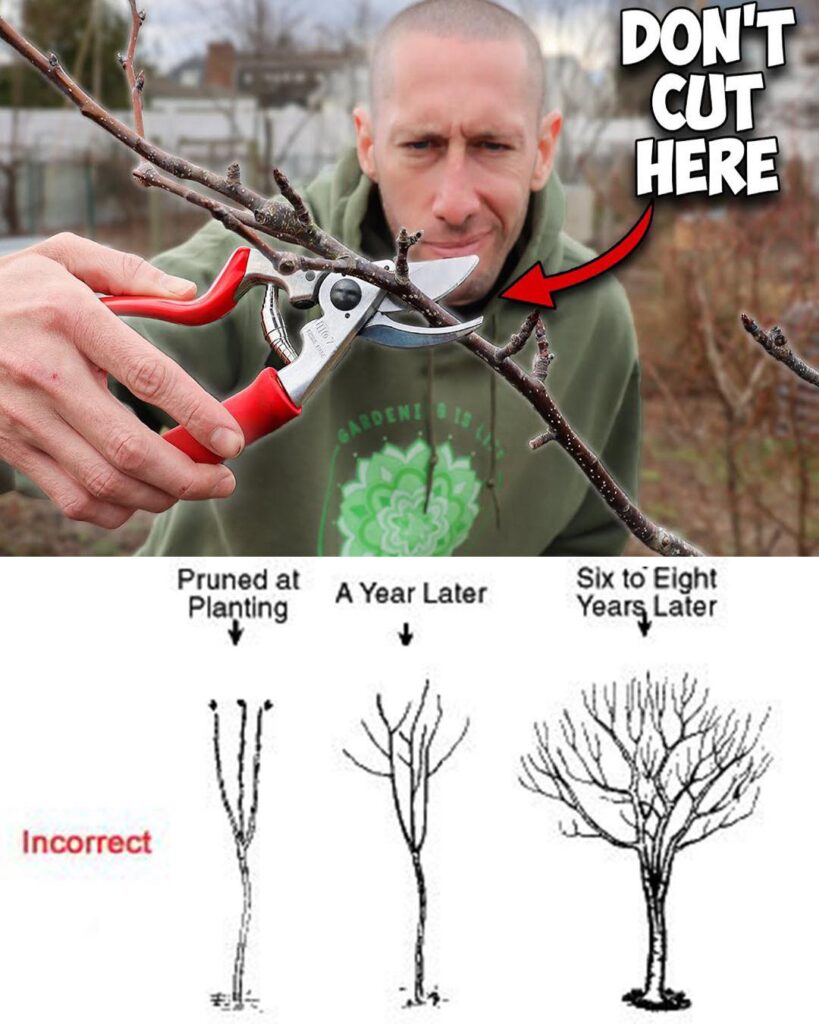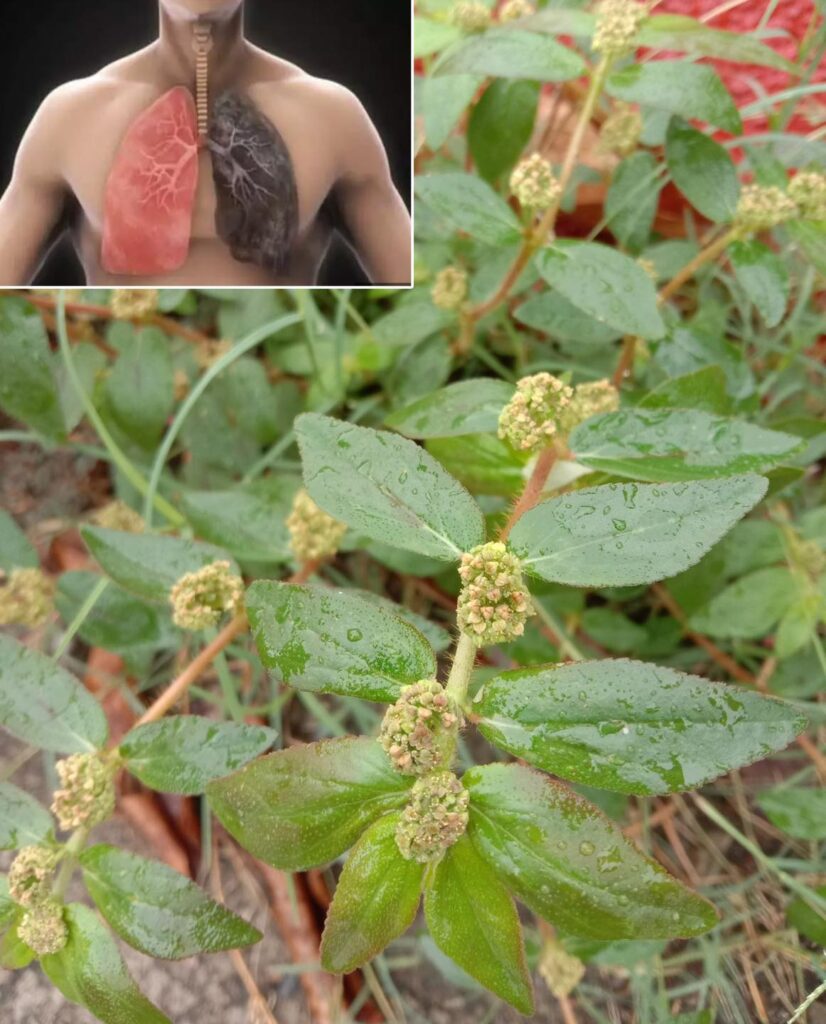Trench composting is an effective, low-maintenance composting method that involves burying organic waste directly in your garden. This technique enriches the soil with essential nutrients through the natural decomposition process, offering a range of benefits for both the garden and the environment. Here’s a detailed guide on how to implement trench composting, why it’s advantageous, and some tips to optimize your composting efforts.
How to Trench Compost
1. Choose the Right Location:
Select a spot in your garden where you anticipate future plant growth. It’s ideal to trench compost in areas that could benefit from a nutritional boost.
2. Dig the Trench:
Dig a trench about 12 inches deep. The width should be about 1 foot, and the length can vary depending on the amount of compostable material you have.
3. Add Your Compost Materials:
Place organic waste into the trench. Suitable materials include kitchen scraps (except meat, dairy, and oily substances), yard clippings, leaves, and coffee grounds. It’s beneficial to use a balance of green (nitrogen-rich) and brown (carbon-rich) materials.
4. Cover the Trench:
Once you’ve filled the trench with organic material, cover it back up with the soil you initially removed. This will hide the compost and aid in the decomposition process.
5. Water (If Necessary):
Moisten the area if the contents appear dry, but be cautious not to overwater, as excessive moisture can impede decomposition.
6. Let Nature Do Its Work:
The decomposition process will take place over several months to a year, depending on your climate and the materials used. Earthworms and microorganisms will naturally convert the waste into nutrient-rich soil.
Why Trench Composting is Useful
- Improves Soil Health: Trench composting significantly enhances soil structure and fertility, leading to robust plant growth and increased crop yields.
- Reduces Waste: This method helps reduce the volume of waste sent to landfills, aligning with sustainable waste management practices.
- Conserves Water: Composted soil retains moisture more efficiently, which can reduce the need for frequent watering.
- Requires No Maintenance: Once the compost materials are buried, no further effort is required, unlike traditional composting methods that need regular turning.
- Minimizes Pest Problems: Since the compost is buried, it tends to attract fewer pests compared to open compost piles.
Additional Tips for Trench Composting
- Rotate Composting Areas: Alternating the areas where you trench compost each year ensures that different sections of your garden receive the benefits.
- Chop or Shred Materials: Cutting your compost materials into smaller pieces can accelerate the decomposition process.
- Consider Seasonal Timing: Starting your compost in the fall allows the material to decompose over the winter, preparing your soil for spring planting. However, trench composting can be effective at any time of year, as long as the ground is not frozen.
- Layer for Balance: Maintaining a balanced mix of green and brown materials in your trench will promote more efficient breakdown and nutrient release.
Trench composting is a straightforward yet highly beneficial approach to recycling organic waste into valuable soil amendments. By following these steps, gardeners of all experience levels can enhance their soil’s health, reduce environmental impact, and achieve more sustainable gardening practices. Whether you’re looking to improve plant health, conserve water, or simply make your gardening more eco-friendly, trench composting is an excellent method to consider.



